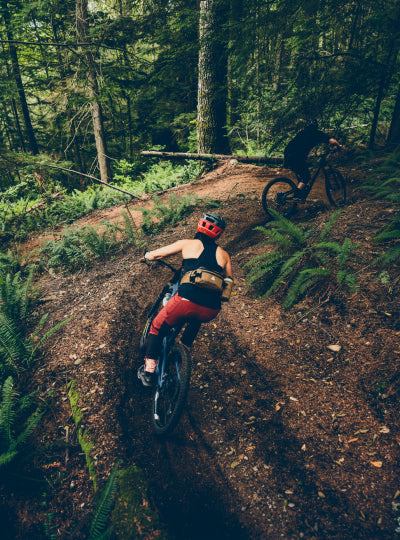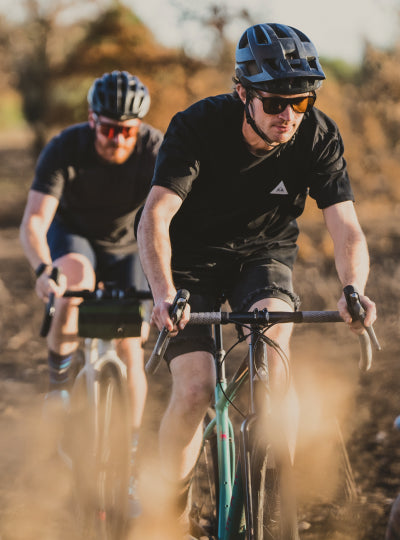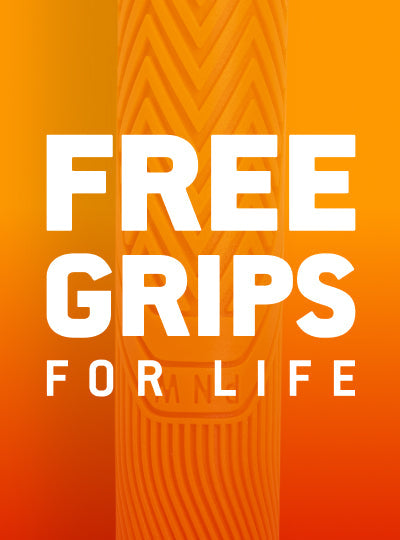The 3rd Gen. Rainier has been our go-to dropper post since it's release in March. With its refreshed design, tool-less travel adjust system, and shorter overall length, we'd be hard pressed to find a rider and bike that it doesn't fit. We sent a Rainier and Loam Lever to our peers at VitalMTB to see if they agree that our latest dropper can go toe to toe with the competition. Read on to see how VitalMTB thinks the new Rainier stacks up in the ever-growing field of dropper posts.
VitalMTB Review: The 3rd Gen. Rainier
We don’t want to jinx it, but it feels like the dropper post market is reaching a certain point of maturity. While the dropper post itself is one of the most important developments of the past 10 years in MTB, reliability has been the Achilles heel of these components and the forums are full of broken promises and disgruntled owners. Some brands have risen to the top as a result of providing a better-than-average service life for their products, and PNW Components is one of them. We’ve had good experience with their Bachelor Post in the past, so when asked if we wanted to put the all-new 3rd Generation Rainier Dropper Post to the test, we jumped at the opportunity.
Photos by Nils Hjord and Johan Hjord

Initial Impressions
The 3rd generation of the Rainier post showed up looking fairly similar to its predecessor, with just some minor graphics updates pointing to something new. Closer inspection revealed some interesting changes however: the overall length of the post has been slightly shortened, and there is now a tool-free travel adjust system that allows you to reduce the maximum travel of the post by up to 30mm, in 5mm increments. Why is that a good thing? Getting the maximum amount of travel from a dropper post depends on several factors relating to bike frame design and each individual rider’s morphology. But what are the chances that you always land on a nice round number corresponding to your dropper post’s maximum travel? Slim to none. As an example, you may not be able to fit a 170mm dropper in your frame, but you’d still like more than 150mm which leaves you with a bit of post sticking out still. In such cases, shimming down a 170mm post to 165mm or 160mm might be just the ticket.
The travel adjust system on the 3rd Gen. Rainier is among the easiest we’ve seen to date. Just compress the post slightly, unscrew the collar, lift up the travel adjust spacer and align it with the number corresponding to the amount of travel reduction you need, then press it back down and re-attach the collar. Boom, you’re done!

In terms of overall dimensions, PNW managed to reduce the overall length of the 3rd Gen. Rainier by creating a smaller actuator, reducing the overall length by up to 25mm (depending on post travel). Our 170mm sample lost about 10mm compared to its predecessor. For the sake of comparison, a OneUp v2 dropper shimmed to 170 is 13mm shorter in overall length, while the “Collar-To-Rail” number is 21mm shorter on the OneUp. BikeYoke’s new Divine, another very short post, has a similar Collar-To-Rail as the OneUp with slightly longer overall length than the new Rainier. In terms of weight, both the OneUp and the BikeYoke are lighter by 50 grams or so.
The 3rd Gen. Rainier is based on a closed, replaceable cartridge that comes with preset air pressure from the factory. The pressure cannot be adjusted. The post head features a traditional 2-bolt clamp, with the lower part forged together with the stanchion. Our test post showed up with the excellent Loam Lever, an intricately machined little gem of a part. 2-way adjustment, soft and grippy thumb pad, a large bearing and low weight – this one really ticks all the boxes. The Rainier can be purchased without a lever at $179 USD, or at a total price ranging from $219 to $239 USD depending on your choice of lever.
On the Trail
Installing the Rainier is very easy; route your cable, cut to length, run the open end of the cable through the Loam lever and tighten the nut. Done. We did not have to reduce the travel of the post, but if you need to do so it’s super simple and will take another couple of minutes, tops. Out on the trail, the 3rd Gen. Rainier feels very similar in action to the second generation version. It requires a medium amount of force to activate at the lever, not as light as the lightest posts out there but also not very heavy. The movements of the post are smooth and easy to control, and the ergonomics of the Loam lever are spot on.
The speed of the post is middle of the road. It requires a little more force to push the saddle down than some other posts, and it takes just a tiny bit longer than the fastest ones to get back up. The speed is perfectly acceptable on the trail, it’s just something worth pointing out when seeking to compare the Rainier post to others. There is a very soft “thunk” as the post tops out, which sometimes leaves you wondering if the post did indeed get all the way up there.

The Rainier offers good modulation which makes fine-tuning your saddle height within the travel a breeze. It is possible to activate the post while fully seated, but you will note an increase in the lever force required when doing so. You can lift the bike by the saddle in any seat position with no vertical play present whatsoever, and the post presents very little side-to-side play as well.
Long Term Durability
The Rainier posts are built around sealed cartridges and come with a 3-year warranty. Any cartridge failures that occur during this time are covered, should something pop up further down the line replacement cartridges run $75 USD. Basic post service is easy do to, it’s always a good idea to make sure there is some fresh grease in the bushings to prolong your post’s service life. We've had our post out on the trail for a couple of months now, and we have not seen it develop any vertical play or "sponginess", and what little side-to-side play was present out of the box has not gotten any worse so far. PNW has built up a good reliability track record and our experience with their previous posts back this up – we see no reason at this point why you should not look forward to multiple seasons of reliable performance from your 3rd Gen. Rainier.

Things That Could Be Improved
The return speed of the Rainier is perfectly acceptable, but we’d love it set 10-15% faster or so. We’d also appreciate a bit of a more audible “thunk” at top-out, as this always help us know that the post is back up and ready to be sat on.
What's The Bottom Line?
The dropper post market has heated up recently at both ends of the price scale. There is no shortage of good premium-level posts, and the same is true at the more modest price point where the Rainier does battle. At $239 USD for the post and lever, the 3rd Gen. Rainier comes in at $20 less than the excellent OneUp v2, and while it may be ever so slightly less sophisticated in action, it still offers an impressive amount of features and great reliability. The Loam Lever is one of our preferred dropper post levers and to have it featured here at such a low price is a great bonus. The tool-free max travel adjust capability is the icing on the cake for all those looking to squeeze the most amount of travel out of limited frame real estate.
If you have questions regarding the 3rd Gen. Rainier, or any of our other products, please reach out to us via email at info@pnwcomponents.com.






